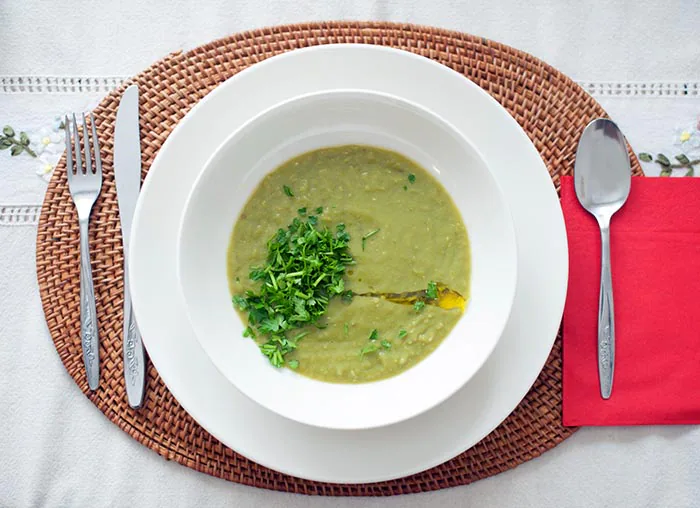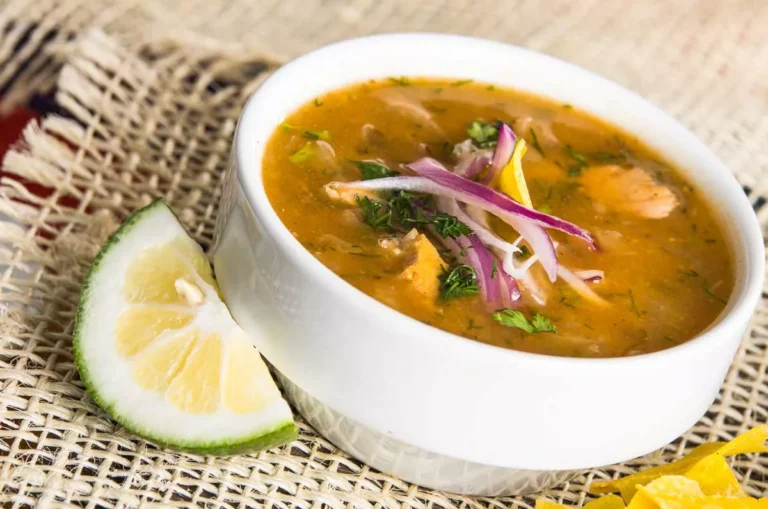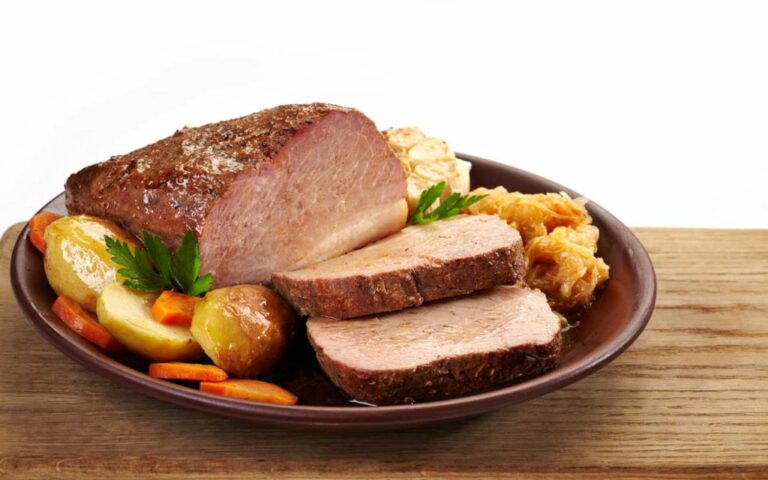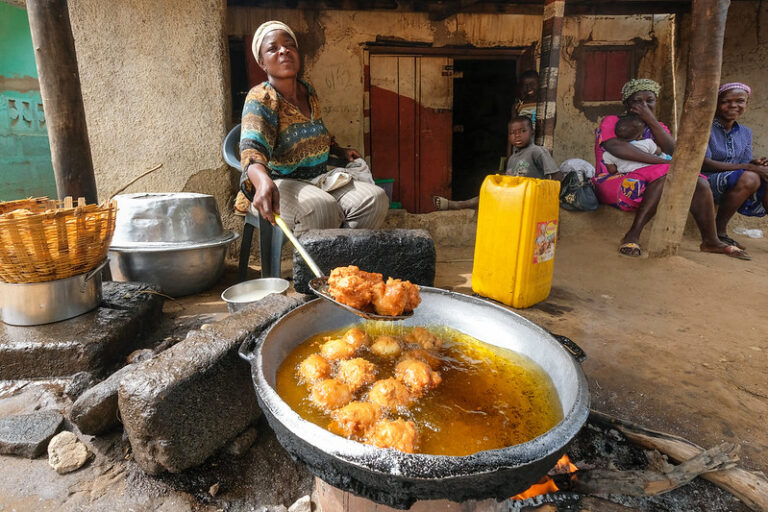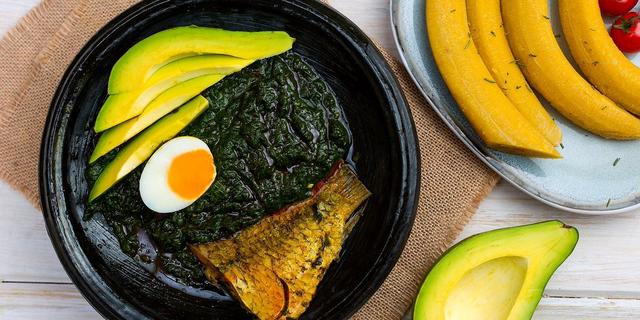Introduction: African cuisine around the world
African cuisine has been gaining popularity around the world in recent years, with more and more African restaurants opening up in different cities. African cuisine is diverse, with each region and country having its unique flavors, ingredients, and cooking techniques. African cuisine is known for its bold flavors, unique spices, and vibrant colors that make the dishes stand out in a crowd.
History: How African cuisine spread beyond the continent
African cuisine has a rich history that dates back to the days of the ancient African empires. Through the centuries, African cuisine spread beyond the continent through trade, migration, and colonization. The transatlantic slave trade also played a role in spreading African food cultures to the Americas and the Caribbean. Today, African cuisine is found in different parts of the world, from Europe to Asia, North America, and beyond, showcasing the diversity and richness of African food culture.
Influence: How African cuisine shaped global gastronomy
African cuisine has had a significant influence on global gastronomy, from the way we flavor our food to the ingredients we use. West African cuisine, for example, introduced the world to spices like ginger, cumin, and coriander, which are now commonly used in international cuisines. The use of chili peppers and other hot spices in African cuisine has also influenced the spicy flavors in many global dishes. African ingredients like cassava, plantains, and yams have also been incorporated into global cuisine, showcasing the versatility and adaptability of African food culture.
Traditional dishes: Sampling African-influenced foods
African cuisine features a wide range of traditional dishes that showcase the unique flavors and ingredients of different regions. Some of the popular African-influenced dishes include Jollof rice, Bobotie, and Suya.
Jollof rice: The West African staple that went global
Jollof rice is a popular West African dish that has gone global, with different variations found in different parts of the world. This dish is made from rice cooked with vegetables, spices, and sometimes meat or fish. Jollof rice is known for its bold flavors, bright colors, and smoky aroma, making it a favorite for many.
Bobotie: The South African dish that’s full of flavor
Bobotie is a popular South African dish that is full of flavor. This dish is made from spiced minced meat cooked with onions, garlic, and curry powder, then topped with a creamy custard. Bobotie is often served with yellow rice and chutney, adding to its unique flavor profile.
Suya: The Nigerian food that’s now street food in New York
Suya is a popular Nigerian street food that has become famous globally, with many food trucks and restaurants serving it in different parts of the world. Suya is made from skewered meat, usually beef or chicken, marinated with spices and grilled over an open flame. Suya is often served with onions, tomatoes, and a spicy peanut sauce, making it a flavorful and satisfying meal.
Conclusion: Celebrating African influences on world cuisine
African cuisine has had a significant influence on the world’s cuisine, introducing new flavors, ingredients, and cooking techniques. It is essential to celebrate the diversity and richness of African food culture and acknowledge the impact it has had on global gastronomy. Whether it’s Jollof rice, Bobotie, or Suya, African-influenced dishes are a testament to the versatility and adaptability of African cuisine.

